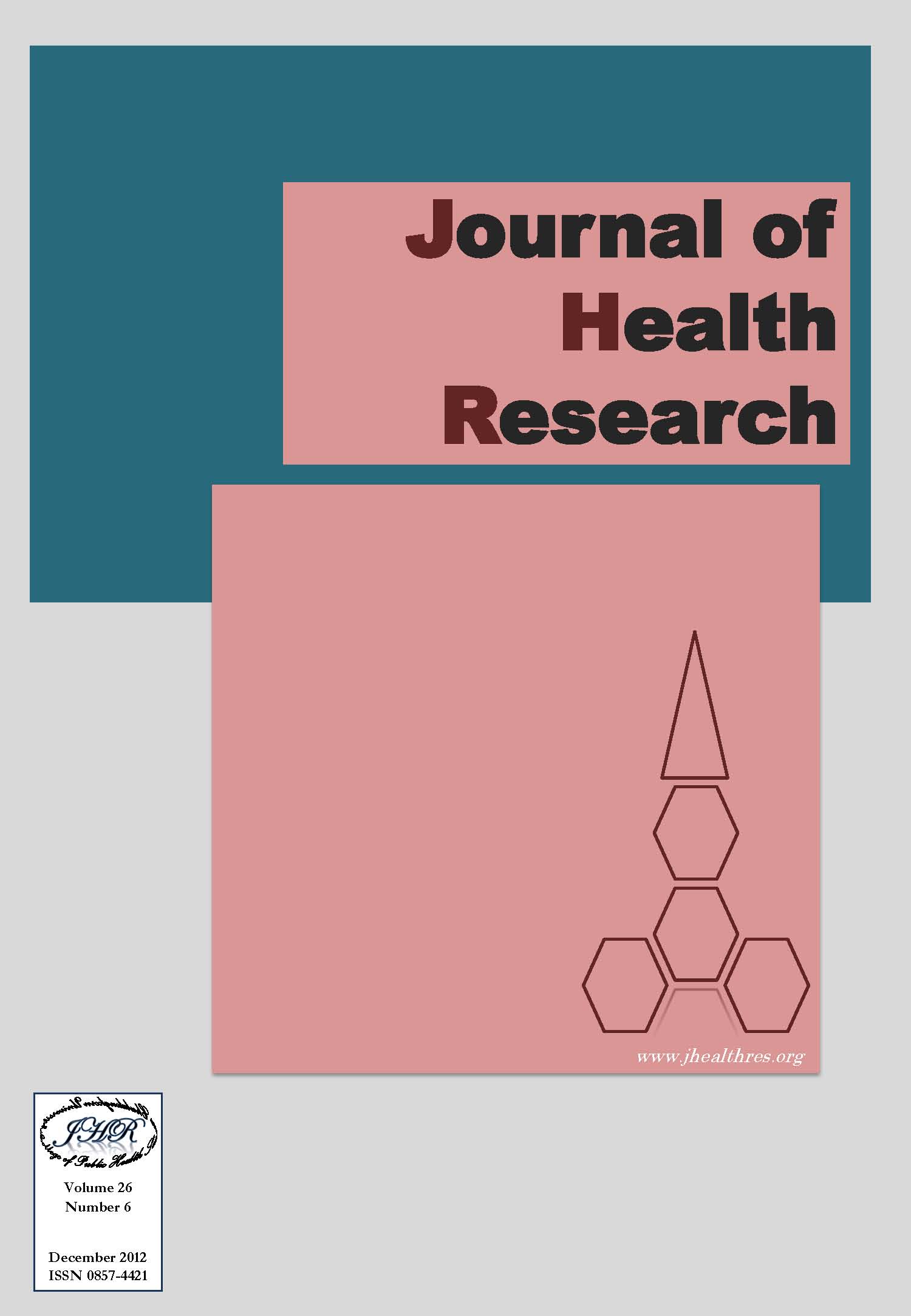Willingness to Smoking among College Students: a Modification of Theory of Planned Behavior
Keywords:
Theory of planned behavior, prototype/willingness, college students, smoking, structure equation modelAbstract
The study enhanced understanding of factors that determine smoking behavior of college student by including willingness to smoke variable into the theory of planned behavior model (TPB). It was expected that the modified model incorporating willingness and its antecedent constructs i.e., prototypes or social images would provide more predictive validity to intention and smoking behavior. College students (N=769) completed questionnaires measuring sociodemographic information, affective attitudes, instrumental attitudes, descriptive norms, injunctive norms, PBC, intention, willingness, prototypes, perceived risks, and smoking behavior. Structural equation models revealed that in the modified model, variance of willingness to smoke was explained by 18%, intention to smoke 40.6%, and smoking behavior 17.6% whereas TPB constructs under the nest of the modified model, i.e., affective attitudes, instrumental attitudes, descriptive norms, injunctive norms, and PBC could explain 33.8% of variance of intention to smoke and 12.0% of smoking behavior. As expected, including the willingness and prototypes increased predictive validity of intention by 6.8%, and smoking behavior by 5.6%. However, the TPB model solely explained 47% of intention variance and 39.7% of smoking behavior.







